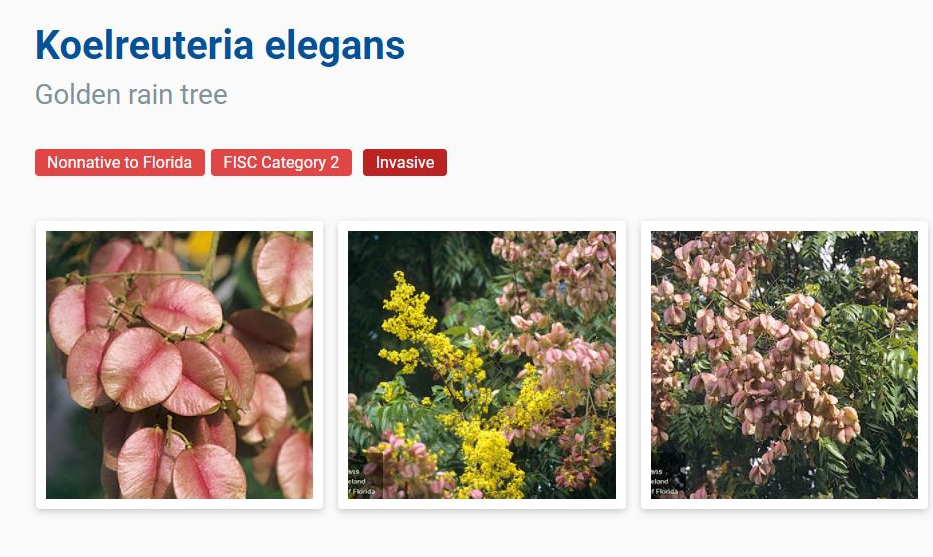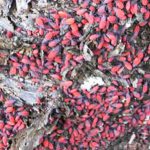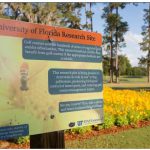
IMPACTS:
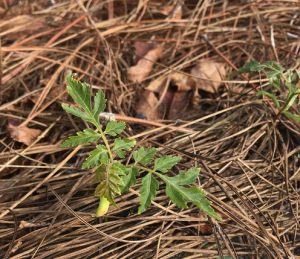
Still want one?
Fast growth = weak wood
The takeaway:
Looking for a better tree option? Check out these helpful plant selection guides below –
THE PLANT SELECTION GUIDES!
Florida-Friendly Landscaping isn’t a single look or style. It’s all about choosing the plants that work best for your particular site conditions & style. It means less watering, less pruning, less fertilizing, and less spraying… and more enjoying!
Find the perfect plants to bring your ideal landscape to life. Check out these helpful interactive guides!
Waterwise Plant Selection Guide – This is a very user-friendly, searchable online plant selection guide from Saint Johns River Water Management District (SJRWMD). It includes both native & non-invasive “Florida-Friendly” options. The guide allows you to select plant type (i.e. groundcover, flower, ferns, trees, vines, etc.), soil conditions, salt tolerance, plant height, growth characteristics, flower color, etc. It includes photos for many plants. (Bonus – If you want to search for a plant by name, but aren’t sure exactly how to spell it, this guide includes a helpful “sounds-like” search option!)
Florida Native Plant Society (FNPS) Plant Selection Guide – This is a searchable plant selection guide specifically for Florida’s native plants. This guide allows you to search for specific plants by name, or to choose your range/county, select site characteristics, salt tolerance, etc. and generate a list of suitable plants for your site. Recently updated with improved navigation & new photos!
Florida-Friendly Landscaping Plant Selection Guide – This is the online version of the popular Florida-Friendly Landscaping Plant Selection Guide, and it has recently been updated too! Browse the entire plant list, or search for site-appropriate plants using a variety of filters. The database includes native & non-invasive “Florida-Friendly” options. (Also available as a FREE mobile app!)
Florida-Friendly Landscaping Butterfly Garden App – Plant lists, design and gardening tips, and butterfly guides are at your fingertips with the UF/IFAS Florida-Friendly Landscaping™ Program’s free Butterfly Gardens mobile web app.
Florida-Friendly Landscaping Bee Garden App – Florida is home to an amazing diversity of bees. This resource provides plant lists, design and gardening tips, and bee guides, right at your fingertips.
And if you’re really looking to add some fabulous #FloridaFallColor to your landscape, check out this previous post about Florida Fall Color!
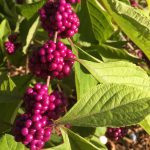

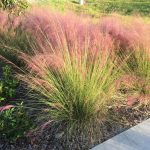

- Koelreuteria bipinnata (a.k.a. the Chinese Flame-Tree)
- Koelreuteria elegans (a.k.a. Golden Raintree, or Flamegold)
- Koelreuteria paniculata (a.k.a. Golden Raintree)
Got it?
Happy fall y’all.
By Frank Galdo
About the Author:
As one of the Florida-Friendly Landscaping (FFL) Program Coordinators in Pasco County, my goal is to help show that vibrant, resilient landscapes DON’T require constant inputs of water, fertilizer, and pesticides. It’s all about “working smarter, not harder!”
Through an innovative collaboration with Pasco County Utilities, I also provide targeted on-site landscape & irrigation troubleshooting to help individuals and communities identified as high water users. My motto is – “Less guesswork, better landscapes.” I can be reached at fgaldo@ufl.edu
Thirsty for more FFL knowledge? Don’t forget to follow us on Facebook & Twitter!
Have a question, or an idea for a future post? Let me know at fgaldo@ufl.edu or leave a comment below.
About UF/IFAS Extension: UF/IFAS Extension serves as a source of non-biased, research-based information for the residents, businesses, and communities of Florida, providing educational materials and programs for adults and youth. We proudly “provide solutions for your life.”
(Not in Pasco County? Not a problem! Click here to find your local UF/IFAS Extension office!)
UF/IFAS Extension Is An Equal Opportunity Institution.
 0
0
